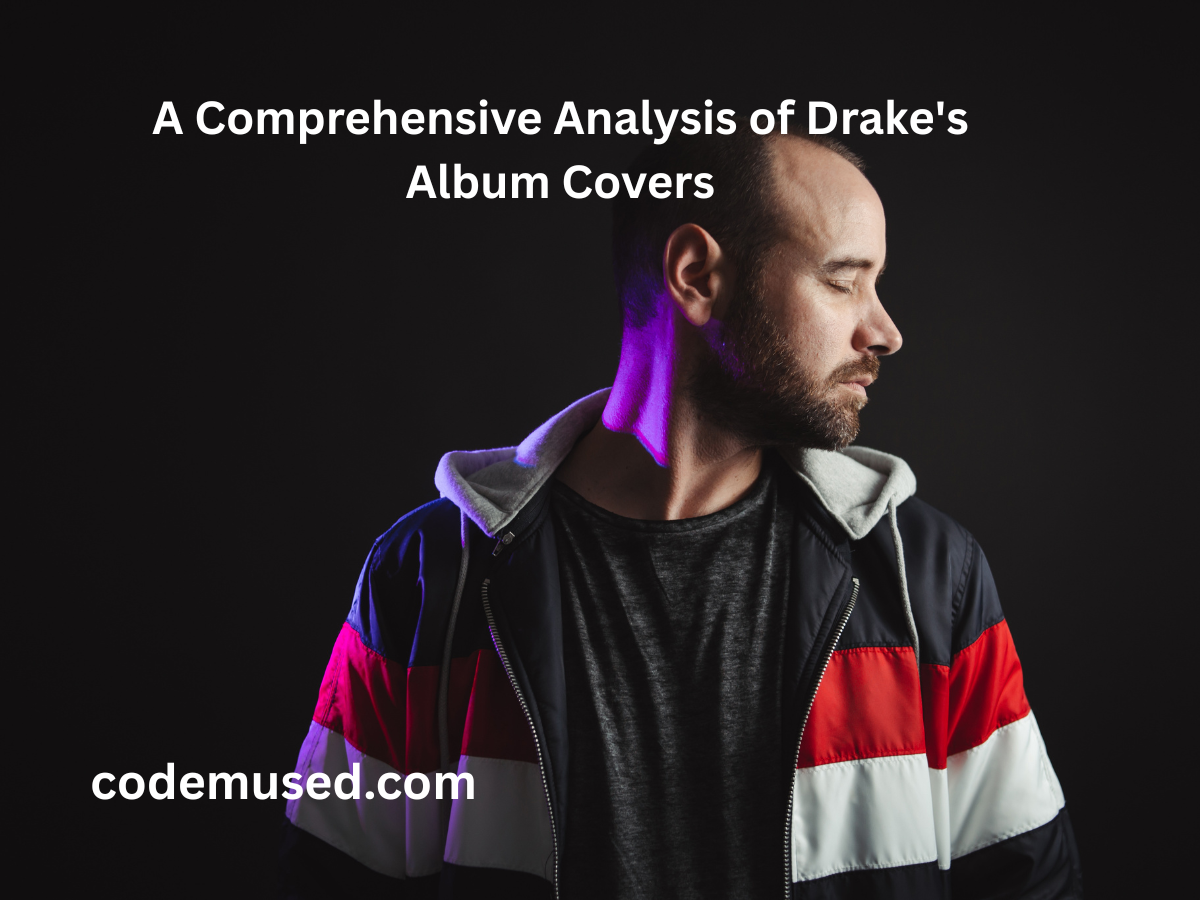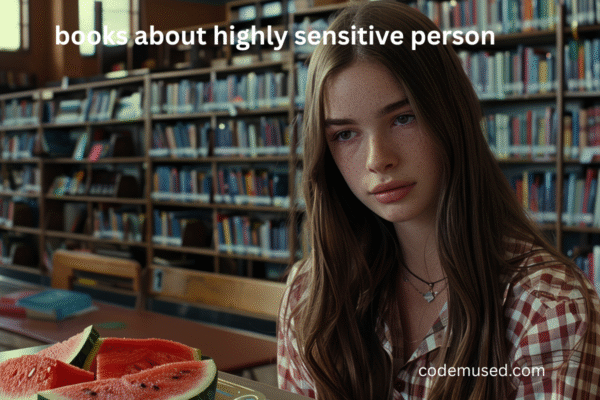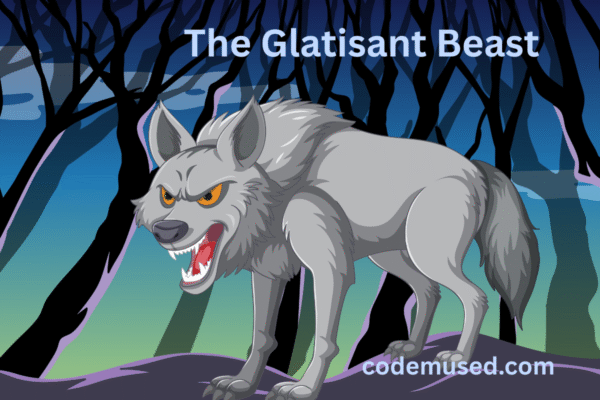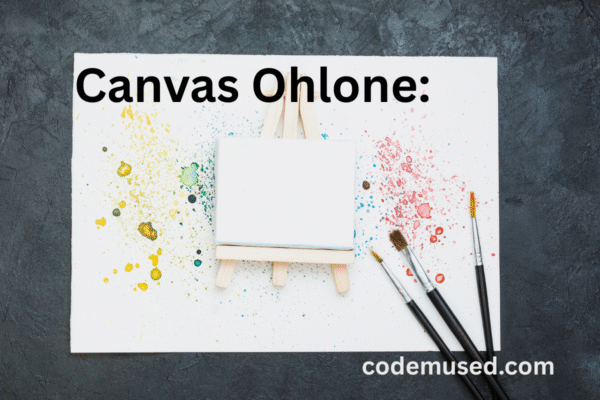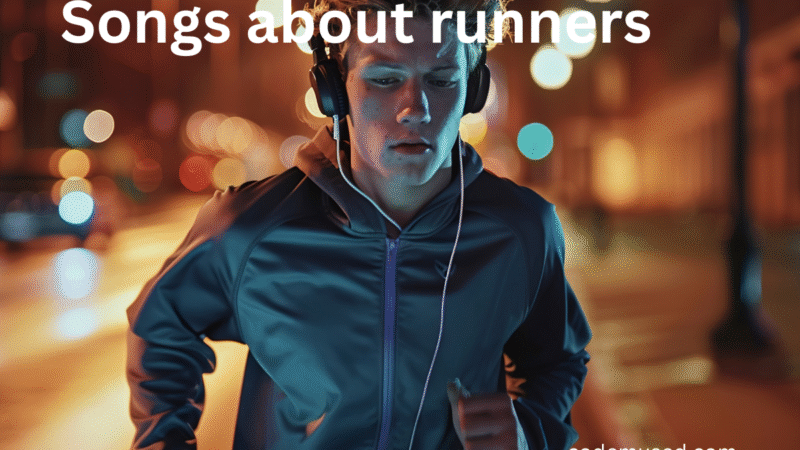Introduction
Drake is a master of visual branding in addition to being one of the most successful musicians of the twenty-first century. His album https://en.wikipedia.org/wiki/Iceman_(Drake_album)covers all convey a narrative, frequently reflecting the cultural theme or emotional tone of the songs. If you listen carefully, Drake’s covers—whether they are minimalistic, sentimental, or avant-garde works of digital art—always speak. A Comprehensive Analysis of Drake’s Album Covers
This article explores Drake’s discography visually, examining the evolution of his album covers, their symbolic meanings, and their significance in contemporary pop culture. This is your backstage access to Drake’s cover art universe if you’re a music lover, a designer, or simply interested in the nexus between music and visual storytelling.
A Visual Chronology of Drake’s Album Covers
1. Thank Me Later, the debut studio album (2010)
Cover: Drake’s black-and-white image with the words “Thank Me Later” in red. A Comprehensive Analysis of Drake’s Album Covers
Vibe: A fresh, unvarnished, and uncomplicated vibe that reflects a new artist hitting the scene. A Comprehensive Analysis of Drake’s Album Covers
Message: The debut is confident. Drake says, “I’m here,” as he looks straight into the camera. Observe me. A Comprehensive Analysis of Drake’s Album Covers
The straightforwardness of the design highlights the artist and establishes the emotional transparency of his lyrical style. A Comprehensive Analysis of Drake’s Album Covers
2. The 2011 sophomore studio album Take Care
Cover: Amid darkness and gold, Drake sits quietly at a golden table laden with elaborate items and a goblet. A Comprehensive Analysis of Drake’s Album Covers
Vibe: Rich, reflective, and intensely sentimental. A Comprehensive Analysis of Drake’s Album Covers
Message: There is a sense of introspection and loneliness despite money and celebrity. A Comprehensive Analysis of Drake’s Album Covers
Many people consider Drake’s album “Take Care” to be his most emotionally charged work, and the artwork effectively conveys this dichotomy between worldly achievement and spiritual emptiness. A Comprehensive Analysis of Drake’s Album Covers
3. The Third Studio Album, Nothing Was the Same (2013)
Cover(s): Drake’s visage rendered in profile on a sky-blue backdrop. He is depicted as an adult in one rendition and as a child in another. A Comprehensive Analysis of Drake’s Album Covers
Feeling: fantastical, hopeful, and surreal. A Comprehensive Analysis of Drake’s Album Covers
Message: Development and progress. The transformation of Drake from a youngster into a man, with his head literally in the sky. A Comprehensive Analysis of Drake’s Album Covers
Drake’s most famous image is this cover, which also inspired countless of memes and art reproductions. A Comprehensive Analysis of Drake’s Album Covers
4. The commercial mixtape If You’re Reading This It’s Too Late (2015)
Cover: Simple white background with handwritten writing.
Feeling: Unfiltered, edgy, and mysterious.
Message: This marked a sea change. Drake threw this like a digital grenade without notice. The artwork has the feel of a ransom note. That was the main idea.
It spread like wildfire. The “Jim Joe”-style font quickly gained notoriety and was constantly mocked in popular culture.
5. The Fourth Studio Album, Views (2016)
Cover: A broad view of Toronto’s CN Tower, showing Drake perched minusculely atop.
Feeling: modest but strong. At the top, lonely.
Message: Although Drake portrays himself as the king of the 6ix (Toronto), he appears insignificant in comparison to the expansive urban setting. Once more, fame seems alienating.
People all across the world started making memes out of this cover, photoshopping Drake onto everything from burritos to staplers.
6. Scorpion’s Double Album (2018)
Cover: A somber black-and-white photo with the cursive signature “Scorpion.”
Feeling: Timeless, classic, almost Sinatra-like.
Message: Drake is an adult. stoic, sophisticated, and laser-focused.
The album’s duality—one side rap, the other R&B—is indicated by the cover, which is balanced like his solemn face.
7. The studio album Certified Lover Boy (2021)
Cover: A grid of twelve different skin-tone emojis of pregnant women.
Vibe: Playful, frantic, and ridiculous vibe.
Message: It can be self-aware, ironic humor, plain meme-bait, or both. Drake was completely ingrained in online culture at this point.
The emoji cover, created by artist Damien Hirst, provoked discussion on the definition of album art in the digital era.
8. Dance Music Album Honestly, Nevermind (2022)
Cover: Dark, iridescent backdrop with the title in a stylized gothic script.
Feeling: enigmatic, clubby, European style.
Message: “You didn’t expect this,” is the message. Drake’s sound shifted toward house and club music with this cover and album.
The font, which drew inspiration from electronic and underground music, spoke for itself.
9. Her Loss (2022): A Collaborative Album with 21 Savage
Cover: Quiana Yasmina, the model, in closeup.
Vibe: Real, unvarnished, and gritty vibe.
Message: Not about Drake, please. It has nothing to do with 21 Savage. about the music’s mood and the moment’s enthusiasm.
The minimalistic style, which includes a woman with gold teeth, is reminiscent of street culture and hip-hop from the 1990s.
Evolution and Visual Strategy
Drake’s album covers show how his brand strategy and visual taste have changed over time. A Comprehensive Analysis of Drake’s Album Covers
Early Covers: Early Covers were conventional and reflective.
Middle Years: Designs from the Middle Years were experimental and meme-friendly.
Recent Albums: Recent albums redefine album art in the age of streaming by fusing lowbrow online comedy with high art (Damien Hirst).
The art of virality has been perfected by his team. They are aware of how the visual experience transcends music and can be found on Instagram, TikTok, Reddit, and other platforms, from meme-worthy photos to enigmatic drops.
Cultural Influence
Drake’s covers have been printed on streetwear, imitated, dissected, and transformed into NFTs. Their influence extends much beyond the packaging of albums:
Memes: Drake photoshopped “Views” all over the place.
TikTok Trends: Dances, reactions, and skits based on emoji album themes.
Products: ranging from vinyl reprints to sweatshirts.
Drake’s covers contribute to the cultural discourse around each release. His images stand out in this age of short attention spans.
Conclusion: Covers Are Not the Only Thing
Drake’s album image tells a story in addition to being aesthetically pleasing. Every cover depicts a different stage in his career and a distinct societal climate, from the melancholy beauty of “Take Care” to the contentious emojis of “Certified Lover Boy.” They have evolved into icons that exist outside of streaming services, appearing in street fashion, memes, and a generation’s visual memory.
Drake has demonstrated to musicians and fans alike that music is now about more than simply hearing; it’s also about seeing, feeling, and sharing.
Don’t just press play the next time Drake releases an album. Take a moment—and examine more closely.
Questions and Answers (FAQs)
Q1: Who creates the album covers for Drake?
Drake works with a variety of photographers and graphic artists. The emoji grid for “Certified Lover Boy,” for instance, was made by Damien Hirst, and Theo Skudra has worked on a number of graphic projects. The tone and concept of each record frequently influence the design decisions.
Q2: Why did Drake utilize Certified Lover Boy’s emojis?
An intentional attempt was made to capitalize on internet culture with the emoji cover. It generated debate, memes, and discussion. It was audacious, surprising, and ideal for going viral, which is exactly what it did.
Q3: What does the album cover for “Views” mean?
The image of Drake sitting atop Toronto’s CN Tower represents his status as the city’s ruler and, in a figurative sense, as the “king” of the rap industry. His small stature, however, highlights the solitude at the top.
Q4: What is the most iconic Drake album cover?
Depending on the person you ask:
“Be mindful of its emotional impact.”
for its creative duality in “Nothing Was the Same.”
“If You’re Reading This…” for its influence on cultural memes.
Q5: Can Drake’s album covers be purchased as collectibles or NFTs?
While not all of the covers are formally sanctioned by Drake, some have been reinvented or remade as NFTs or merchandise. It wouldn’t be shocking to see official releases in the future as the music industry adopts digital assets.

